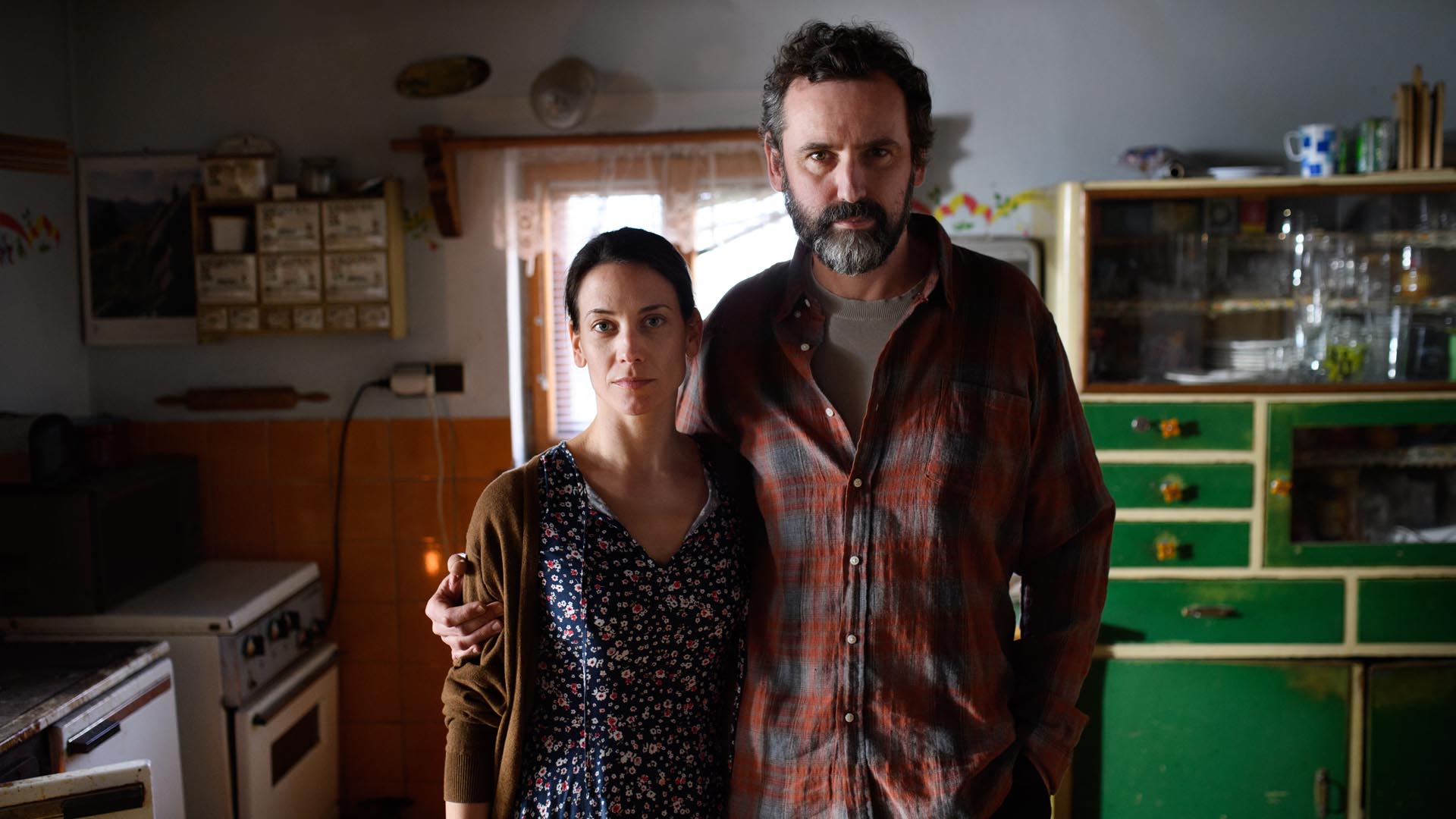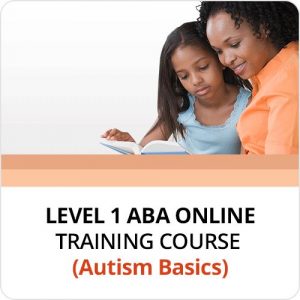The Stigma of Mental Illness in Jamaica – Part 1
According to the Merriam-Webster Dictionary (2012), the word stigma is defined as “a) archaic: a scar left by hot iron, b) a mark of shame or discredit and c) an identifying mark or characteristic; specifically: a specific diagnostic sign of disease”. When a person thinks of mental illness they associate the term with something that is deviant and abnormal. Many people are of the preconceived notion that mental illnesses are not biological or “organic”, which renders it as something that is not worth seeking professional help for.
It is no secret that there is a stigma against mental disorders in developing countries in the Caribbean, like Jamaica. Unfortunately, this stigma continues to be the driving force as to why Jamaicans often refuse to seek professional help and care if they or their loved one is suffering from a mental illness. Although adults have the right to make their own choices, what does this mean for children who have no say or right to make that choice for themselves?
According to a case study conducted by Jamaican and US mental health professionals (Hickling et. al, 2010), researchers discovered four themes. One of these themes was the participants’ “conceptual themes, which included “(1) community members’ definitions of stigma, (2) emotional responses to those with mental illness, (3) behavioral responses toward those with mental illness, and (4) other perceptions and beliefs about mental illness” (p.261). This study found that “the most commonly expressed emotional response to the mentally ill and mental illness was fear, often specifically a fear of dangerousness”.
While the study reported some positive and empathetic responses, the most prominent emotional response was fear. These reports were due to actual experiences with individuals who were mentally ill, hearing stories from trusted sources about their experiences and observation.
The participants in this study consisted of 16 focus groups with 8 members in each group. The groups consisted of both male and female individuals with an age range starting from 18 up to 40. It is also important to note that each of the participants’ SES consisted of a mix of people from lower to higher socioeconomic status, both urban and rural community residents and included both male & female individuals who ranged from lower to higher socioeconomic status.
Although the group of participants does not accurately reflect the views of the entire Jamaican population, one must take into consideration, as the researchers noted, that this particular study is the first of its kind. It is also probably not very far off the mark on the general consensus of the Jamaican public.
The fact that the initial emotional response was fear gives outsiders some insight as to why Jamaicans are often adamant in seeking and utilizing mental health services. However, when reviewing the case study, it is important to note that all the participants were 18 and over and are therefore legally considered to be adults. However, where does this leave the children? What does this mean for children who rely solely on their parents and caregivers to make educated and responsible decisions that could affect their quality of life?
If the parents are so afraid of the stigma, then it is only natural to assume that if a parent suspects something may be wrong with their child they would be resistant to having their child assessed and referred for any type of treatment regarding mental disorders.
More importantly, when considering the group of individuals (both children and adults alike) who suffer from intellectual or developmental disabilities who may not have the capacity to make certain decisions for themselves exactly, how debilitating is this fear? If the majority’s initial response is “flight”, how do children who are in desperate need of psychological or behavioral interventions access these already limited resources?
While it is common knowledge that stigmatizing people with mental illnesses and disabilities is a pressing issue, these questions urge us to find a solution to erasing the stigma. This will not be an easy process, but I believe that it starts with raising awareness. However, it is important to note that the process of erasing the stigma does not end at raising awareness about mental health disorders.
Educating the public with facts is important, as a lot of individuals are misinformed when it comes to the causes and symptoms of certain disorders. Individuals should also be well versed on the different types of treatment and care that are available as well the effectiveness of these treatments.
The public should be aware of what areas need to be addressed and what the reality is about the availability of certain treatments in the country. I think an underlying theme that should be reiterated to the public is that good mental health will always result in a higher quality of life.
References:
Hickling, F. W., Arthur, C. M., Robertson-Hickling, H., Haynes-Robinson, T., Abel, W., & Whitley, R. (2010). Mad, Sick, Head Nuh Good: Mental Illness Stigma in Jamaican Communities. Transcultural Psychiatry, 47, 252-275.
Copyright © by Special Learning Inc. All rights reserved.
No part of this article may be reproduced in any manner whatsoever without written permission except in the case of brief quotations embodied in critical articles and reviews. For information, contact Special Learning Inc., at: contact@special-learning.com








